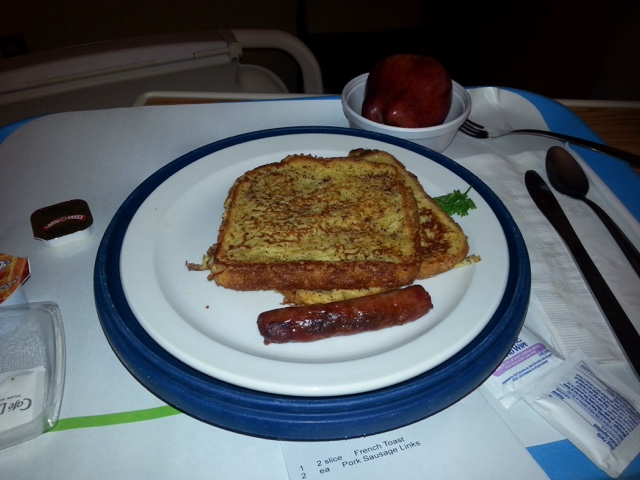I have been waiting to share this news for a loooong time. Now that I am doing well (migraine free for 9 weeks!) and I am eating healthier, I want to move forward in another aspect of my life.
I graduated with a Bachelor of Art back in 2009 and I never got to use it. Over the years, while I was in and out of hospitals and doctors' offices, I've done research about possible careers. It was always my intention to one day get off social security disability and reenter the workforce. However, I never figured out what I wanted to do. Then, on my 30th birthday, I went out to lunch with my best friend. Somehow, we got on the topic of careers, and she told me about all the different things she wished she could do. I thought for a minute and responded that there were only two things I ever really wanted to do. One was to be a stage manager, which was my concentration when I got my Bachelor degree. But stage management is a difficult and demanding career - it is mostly freelance and you can't take sick days. I would have no benefits and I would never be able to call out. With my medical issues it wasn't a realistic career option.
The other thing I wanted to do was something in the social work/therapist field. I have always been the one friends and family came to for advice. I've discovered I'm good at listening and helping people with problems. That day, after lunch, I went home and decided to do some research. I discovered that I could get a Master of Social Work in two years. And I thought, "Why not try?". I contacted my caseworker at the Department of Vocational Rehabilitation (DVR) to see if they would help me and I looked into schools. I chose two schools to apply to: Stockton University (where I got my Bachelor degree) and the University of Southern California (USC), which has an amazing online school of social work.
I have already applied to USC and I am waiting to hear if I've been accepted. It would be a dream come true to attend, because their school of social work is one of the top ones in the country. I will be applying to Stockton University next month. I am also applying for every grant and scholarship I can find, to help defray the cost of grad school. I am waiting for the official word from DVR but my caseworker is fairly certain they will be aiding me in this endeavor.
In the mean time, I have been volunteering at a school for disabled children, because, as a social worker, I want to work with children with disabilities. It has been an amazing experience so far, and very rewarding.
I am very excited about my future for the first time in a long time and I am excited to share it with all of you. I will keep you all updated!
PS - I have hit 30 lbs on my weight loss journey and I have an appointment with a bariatric surgeon on Friday!



























